

The most important goal of an e-commerce platform is to provide customers with friction-less experience. The e-commerce platform you choose will decide the customer experience you will be delivering. So, this makes evaluating the B2B e-commerce platform for your business a crucial decision.
If you want to succeed, focus on customer experience. An e-commerce platform can either power your business and prepare it for scalable, long-term growth or…
Can do the opposite.
So, choose carefully.
In this blog post, we will share with you the best practices for selecting the optimal e-commerce platform for launching or re-launching your B2B website.
Alignment with your business objectives
What is the first step to choosing the right B2B e-commerce platform for your business?
Asking the right questions.
Ask yourself as many questions as possible to identify the goals you want to achieve through the new e-commerce platform. Unclear goals and objectives can lead to failure of projects.
Brainstorm with your team and come up with the pain points you want the solution to.
Once you are clear about your objectives, you will be better able to ask the software vendors about their platforms.
Define your business objectives
First, define your business objectives and then find out if the e-commerce platform aligns with them. The best platform in the market will be of little benefit if it doesn’t align with your business objectives. How do you find out? Ask, ask, and ask questions; first ask yourself and then ask the software vendor.
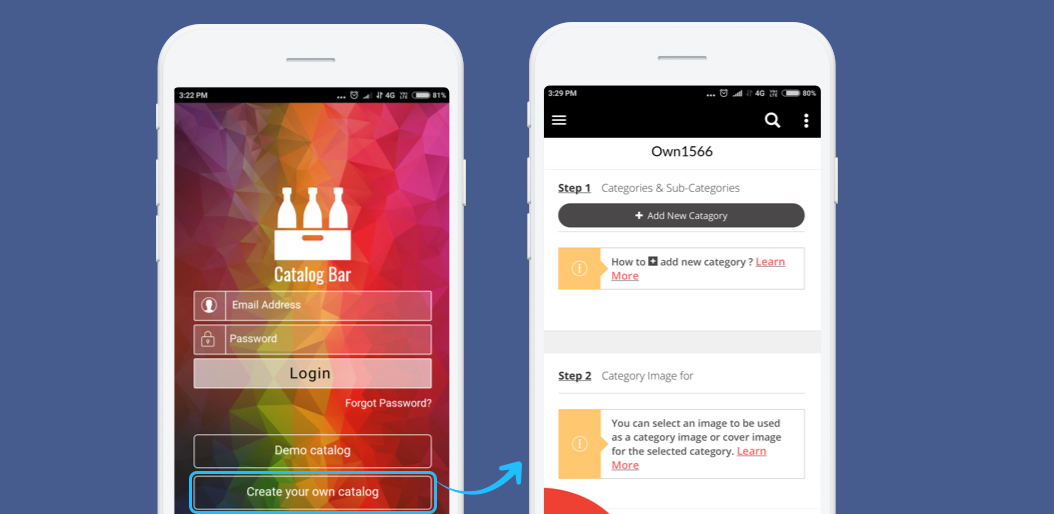
- Is the e-commerce platform designed for the B2B niche market? The platform should cater to the nuances of B2B e-commerce. There are some platforms that are better suited for B2C e-commerce than B2B. A platform designed specifically for B2C purchasing processes will not work as well for your B2B website. So, to begin with, ask the right questions in request for information (RFI), otherwise you might end up with a platform that you didn’t want and will NOT meet your business needs.
Ask them if their platform is suitably designed for B2B e-commerce.
- How many resources will be needed? The platform will need a certain number and type of resources to make it operational for you. The platform provider should be able to designate the required number of resources to make the best of the platform.
Ask them if they have the required resources.
- Does their platform fit into your budgetary consideration? When considering a B2B e-commerce platform from finance perspective, it is important to clear out things before taking any crucial decision. You need to ensure that the pricing model of the platform is as per the budget set by you. If the provider allows easy migration from one pricing plan to another, then you know that there is some kind of flexibility allowed from the provider’s end. You also need to find out how will the total cost of ownership impact your organization. If the platform doesn’t fit your budget, you should consider looking for another one.
Ask them if they are flexible regarding pricing and plans.
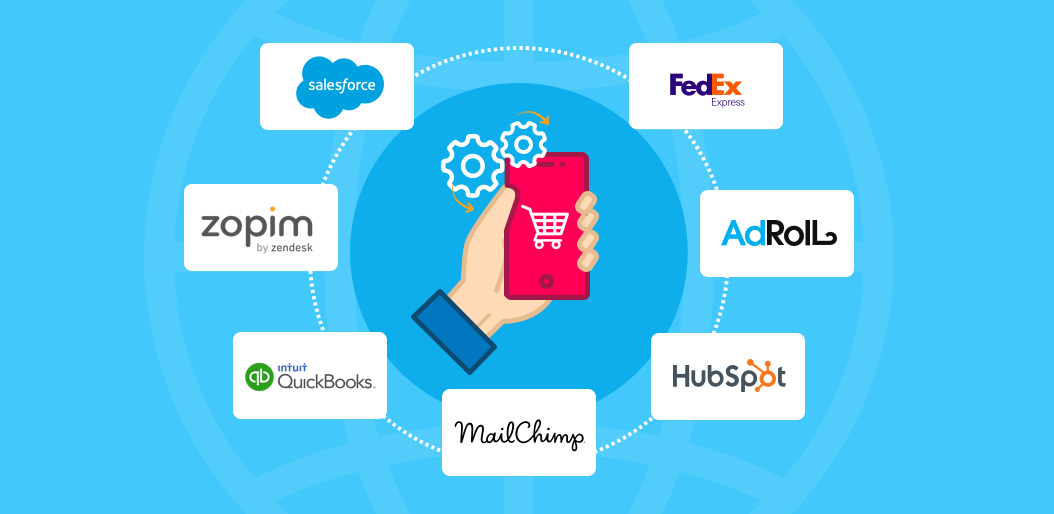
The above list of questions is not an exhaustive one and we will be looking at more factors that should be taken into consideration before choosing a B2B e-commerce platform. A carefully chosen platform, which is ideally suited to your business model, will facilitate a significant raise in sales and revenue.
Next up is the key differences between the types of platforms.
Choice of B2B Platform
While evaluating B2B e-commerce platforms for your website, you will come across many types of platforms. You will hear about terms such as hosted and cloud-based. It is important to consider these factors for choosing the right platform for your business.
Your decision will make a huge difference to how well your website works.
If you choose an on-premise platform, it will have to be hosted and maintained by you. You will require a dedicated IT team for this. It will be deployed in a traditional manner, by setting up servers and installing operating systems, within your organization or at your data center.
A cloud-based platform, on the other hand, is hosted and maintained by the provider of the cloud service. The data, programs and applications are stored and accessed over the internet. In cloud-based hosting, the service provider will provide you their data center and hence, they will be responsible for taking care of the data center, security and networking functions.
There are certain differences in these platform types that have an affect on customization, maintenance, PCI compliance, security, and costs.
1. Open Source vs Out-of-the-Box
An open source e-commerce platform gives you access to modify the platform’s code. This gives you endless creative freedom when designing and configuring your B2B website. If you have your own developers in-house, you’ll want complete management over customization.
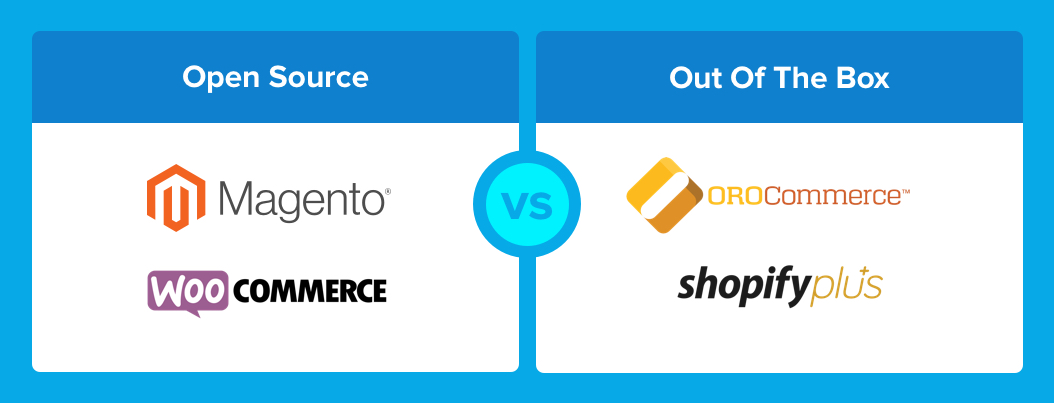
There are some platforms that are called out-of-the-box, which means that you’ll be provided with templates to build your site from. For someone who is trying e-commerce for the first time, who wants the site to be up and running in a short time and lacks IT resources, then out-of-the-box is a better option. With an out-of-the-box platform, you won’t have to build your site from scratch.
2. Maintenance
Choosing a hosted, on-premise e-commerce platform means that you have to maintain your website yourself.
Your will have to maintain and pay for your servers, deal with broken software code, and fix any problems whenever your site crashes.
Whereas, cloud-based platforms typically set-up and host your e-commerce site for you. If the software requires an update, they’ll do it automatically. If your site crashes, they will fix it because it is their responsibility to monitor your site’s performance 24×7.
Which type of platform you want depends upon how do you want to manage the control and the added responsibilities.
3. PCI Security
PCI compliance is a must for e-commerce websites. It is a way to ensure that the payment card information of customers is being safeguarded while making a purchase.
Depending on the platform type you choose, this may or may not be included or part of your responsibilities.
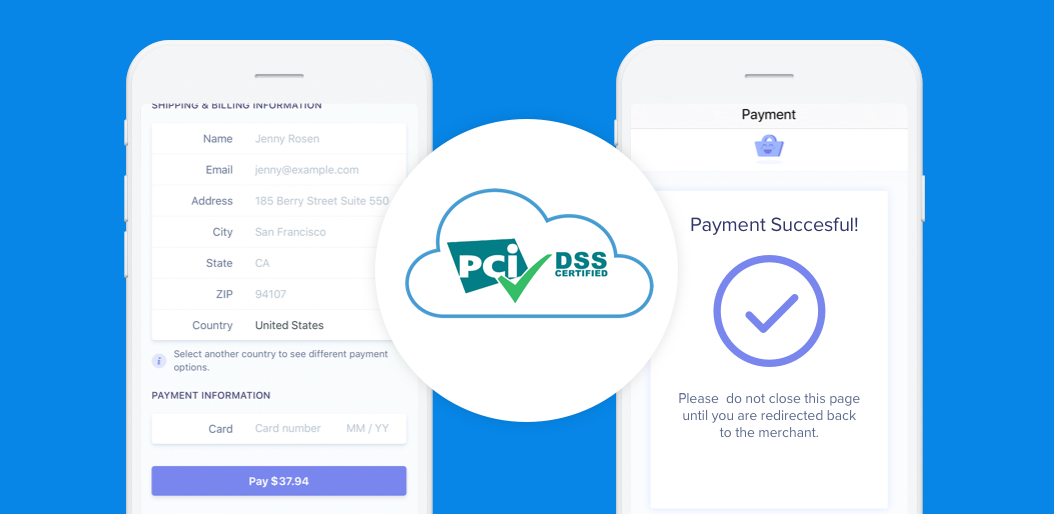
There are some cloud-based platforms that provide this security for their clients because the data is on their servers. They are responsible for managing it.
For other hosted solutions, the client is in charge of ensuring that all the requirements for PCI compliance are being met. You’ll have to make sure at your end that payment gateways meet industry standards.
Remember to ask the e-commerce platform provider about how PCI compliance works.
4. Cost
Lastly, different platform types cost differently. It is up to you decide which platform can you afford within your budget.
A hosted solution will cost you more with the license fee for the software, maintenance costs of server hosting, developer costs, and the in-house IT team costs.
A fully-hosted, cloud-based SaaS or PaaS platforms normally require a monthly fee for hosting, security, maintenance, and support. They will come out to a lower monthly cost.
You need to figure out if it is worth what you are paying for and what you are getting.
Purchase-related requirements
As a B2B e-commerce website, it is essential for you to have your purchase-related requirements clearly defined, in addition to other requirements. A B2B buyer usually places a bulk order and it requires specific features to make it an easy and friction-less experience.
B2B purchases are entirely different from B2C purchases and therefore, B2B websites require more features so as to make it convenient for both sellers and buyers to communicate through your B2B website. These features can be divided into three categories of customer journey: pre-purchase, during purchase and post-purchase.
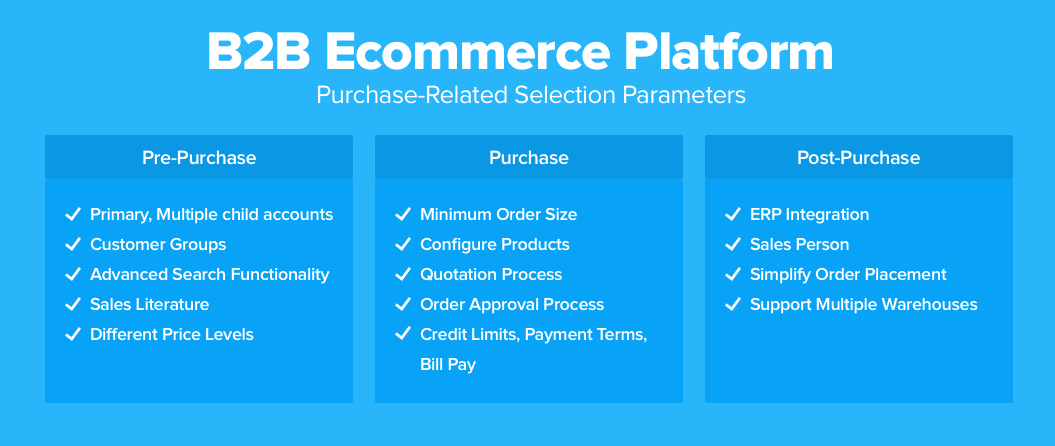
Pre-Purchase
Ask the platform provider if they will provide an option for:
- Creating a primary account (parent account) with multiple child accounts. The child accounts should further be enabled with permissions, credit limits, workflow, etc.
- Creating customer groups – You should be able to set attributes such as pricing, minimum order quantity, etc. specific to a group.
- Sales Literature – Customers should be able to get information such as product features, technical specifications, product images, etc. The platform should also support various media types such as pdf, videos, images, etc.
- Different Price Levels – The platform should make it convenient for you to define different price levels depending on customer groups, order quantity, order history, payment terms, etc.
Purchase
- Minimum Order Size – There should be an option to set (at customer group or product level) and mandate (during order placement) the minimum order quantity.
- Configure Products – Customers should be provided with a tool to configure products and, if possible, even update the price based on configurations selected.
- Quotation Process – There should be an option for creating, modifying and approving
- quotes online.
- Order Approval Process – the approval of orders should come from parent accounts, whereas the orders can only be initiated by child accounts.
- Credit Limits, Payment Terms, Bill Pay – there should be an option to settle pending invoices (across accounts) through a single payment or multiple payments.
Post-Purchase
- Salesperson – Your sales representatives should be able to access information for addressing customer queries, adding customers, creating or updating orders for customers, checking order status, etc., through a Sales Portal like functionality.
- Simplify Order Placement – Customers should be allowed to save carts or list for future use making it convenient for them to repeat one of their previous orders.
- Support Multiple Warehouses – The platform should be extensible to support fulfillment from multiple warehouses.
B2B e-commerce features
Requirements and challenges of B2B e-commerce differ significantly from B2C. There is a major difference in the purchase patterns, order values, volumes, and processes of B2B and B2C, and therefore, a B2B e-commerce platform requires its own unique features to meet the special needs of the B2B buyers. For a seamless customer experience, the e-commerce platform should provide the following features:
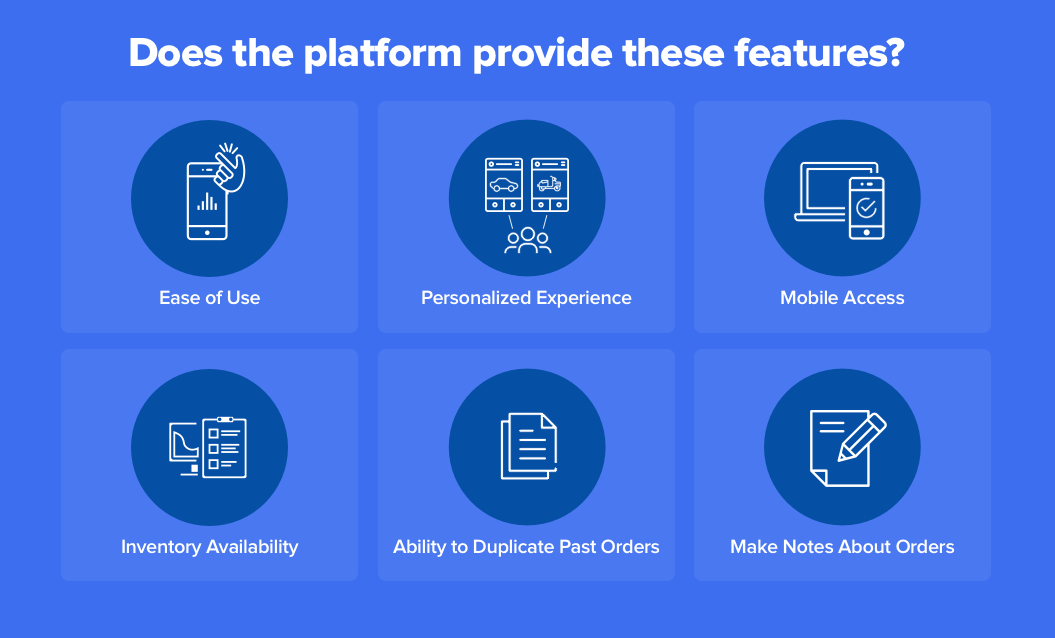
1. Ease of Use
The ease with which your customer will be able to use your e-commerce website is probably the most important thing to look for when evaluating a B2B e-commerce platform. B2B transactions are complex and making them easy needs a lot of advanced functionality, which are not a part of a typical B2C e-commerce experience. The challenge and criticality lies in delivering such advanced features while remaining as easy to use as a B2C site. Is your platform provider offering you this functionality?
2. A Personalized Experience
The platform should be able to provide your customers with an experience that is tailored to their needs. Does the platform allow you to show customer-specific pricing? Does it provide you with catalog visibility controls that enable you to show the customers only the products relevant to them?
3. Mobile Access
Mobile has now become a necessity without which we fail to function properly. The platform should give your customers the ability to order from computers as well as mobiles and tablets. Ask your provider if they offer an integrated mobile application. You can also ask for an app that can use the device’s camera for scanning barcodes.
4. Inventory Availability
The platform should have a robust inventory data, which will not be limited to a simple “out of stock” or “in stock” message. It should allow customers to place their orders in a more strategic manner and also prevent costly backorders. Ask the provider if they can offer integration with your backend ERP system.
5. Ability to Duplicate Past Orders
B2B customers are likely to place frequent reorders. A good platform will be the one which will give the customers the ability to duplicate past orders and modify them, if needed. At checkout, you should be able to provide a detail of orders to the customers, such as payment terms, shipping via information, shipping dates, cancel dates, and any other customer-specific promotions.
6. Notes about orders
B2B orders are a conversation. The platform should allow customers to make notes and ask questions about an order. This will give your sales reps’ the ability to review and confirm an order before it is finalized. Sales reps will be able to answer questions about products, make notes about shipping preferences, and upsell new items.
7. Responsive Design
This functionality is not specific to just B2B but B2C as well. The platform should support responsive design for rendering your web content properly across multiple devices. New-age buyers like to hop across different devices during the purchase process and this functionality allows for such buying behavior.

8. Self-Service
The self-service purchasing functionality is a huge trend in B2B e-commerce. Before making a purchase, B2B buyers require the necessary information for deciding on their preferred product/solution mix. They also want to easily find all the information related to their purchase, such as shipping information, quote approvals, etc. Ensure that the platform enables your e-commerce website for delivering the above features.
9. Customized Pricing
This is another specific feature that is required in B2B e-commerce. The chosen platform should enable your website for offering customer-specific pricing and items based on buyers’ purchasing patterns and purchase history. It is a very basic necessity of B2B e-commerce platforms to be able to list different prices to different customers.
10. Payment methods
Because B2B and B2C purchase patterns are vastly different, the payment options should also be tailored accordingly. B2B purchases are normally high-value products or bulk orders or both. You can ask the provider if they will provide options such as part payment, payment of one or more invoices in one go, etc.
Integration with your other systems
In addition to platform type, features and functionalities, integration is also an important factor to be considered before choosing an e-commerce platform. It should be able to integrate effectively with your other systems because this will ensure harmonious working between your online and offline channels.
A well-integrated website will make you a more efficient multi-channel seller and will result in a better customer experience for your customers.
While evaluating different platforms, make sure to ask how it will work with your ERP or POS system. Ask the platform provider whether or not their platform will be easily able to handle information that will come for your suppliers.
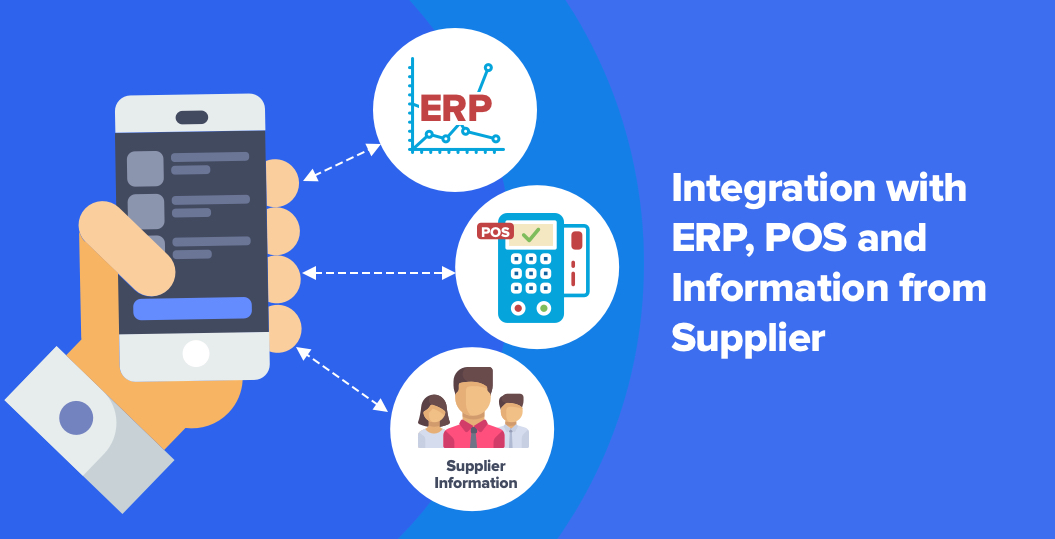
Not all e-commerce platforms are easy to integrate; some are easier to integrate than others. If you choose a cloud-based platform with a strong API, it will be easier to integrate than a self-hosted solution.
Some providers will integrate all your systems for centralized order and inventory management.
If you want to save your time and money, make sure to ask your e-commerce platform provider about integration beforehand. Don’t make the mistake of installing an entire new e-commerce platform only to find out later that it can’t be integrated with your ERP.
Ask the following questions
The more questions you will ask, the more clarity you will get about what you will be receiving from the provider. We have prepared a list of questions, which you should ask the provider before finalizing the deal. (Note: This is NOT an exhaustive list. You can create an additional list of questions as per your needs and wants.)
Some important questions that you should ask about social media integration:
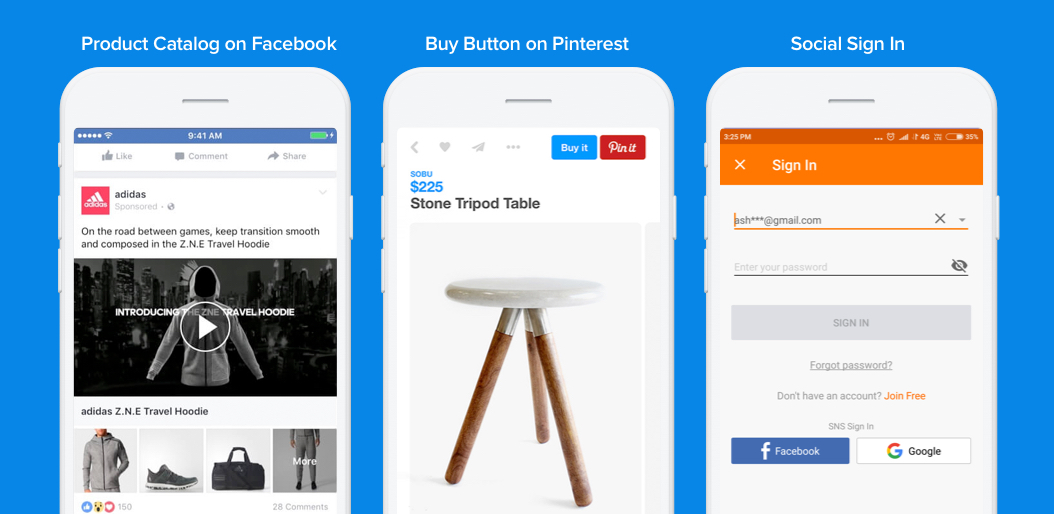
- Is there an option for publishing our product catalog on Facebook Shop? If yes, then will it be charged additionally?
- Will the users be able to check out from within Facebook or will they be redirected to our website store?
- Is there any support for Pinterest buy buttons?
- Is there any support for shopping on Instagram?
- Are Open Graph Tags included in the product meta data?
- Are social media sharing links supported on PDP?
- Will social media sharing links be displayed post-purchase?
- Will customers be able to login to our storefront via social logins such as Facebook, Amazon, Google, etc.?
- We want to display user-generated content such as Pinterest or reviews. How will that be done?
Some important questions that you should ask about catalog management:
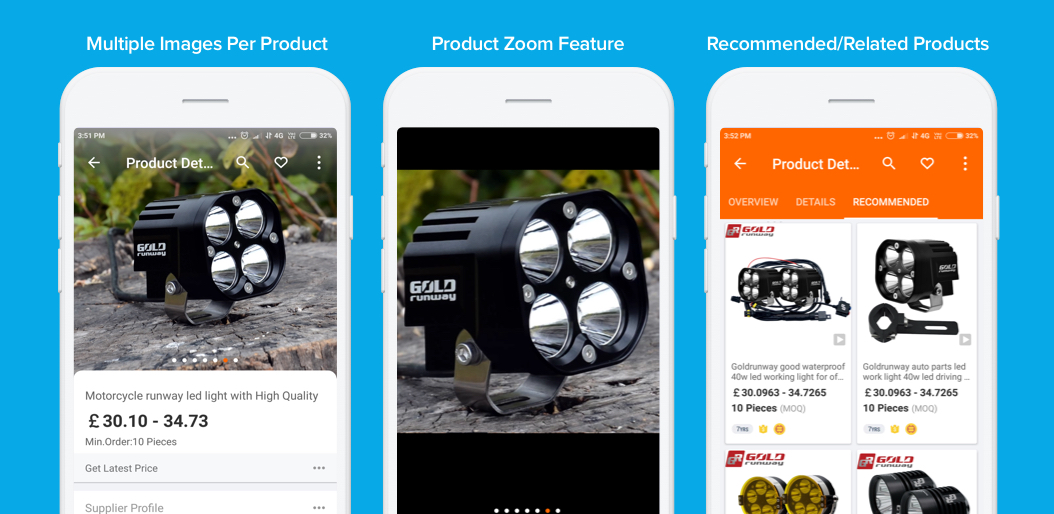
- How will we manage our product catalog within your system?
- What are the product catalog preview options? Can it be previewed in any theme for free or will we have to purchase the theme?
- Can multiple images be added per product? Is there any specific limit to the number or size of images that can be added?
- Does your platform support SKU level images with image switching on variation selection?
- Is the zoom feature enabled by default for product images?
- How are product options and option sets managed in your platform?
- How are variations or options configured?
- Do you provide a quick edit option for modifying stock levels or pricing change?
- Does your platform support both digital and physical products?
- Is there a built-in inventory management system?
- How is real-time inventory sync supported within multiple channels?
- Can we track inventory at variation level?
- Is dimensional weight understood and supported by the shipping system?
- Are custom product attributes supported?
- Can related items be configured?
- Can related items be automatically generated?
- Are pre-orders allowed?
- How are custom product pages supported? Is there an option to configure them per category?
- Will the product reviews be built-in?
- Can customers easily share products with their friends from the PDP?
- Is the site search predictive?
- Do you allow categories to be sorted manually in the control panel?
- Do you allow categories to be used for private sales?
- Are category filters supported?
- Will the categories and products have breadcrumbs?
- Will the Page/Product/Category URLs auto-generated?
- How can the product and category level URLs be customized?
- Is there any support provided for multi-level category navigation?
Some important questions that you should ask about customer service:
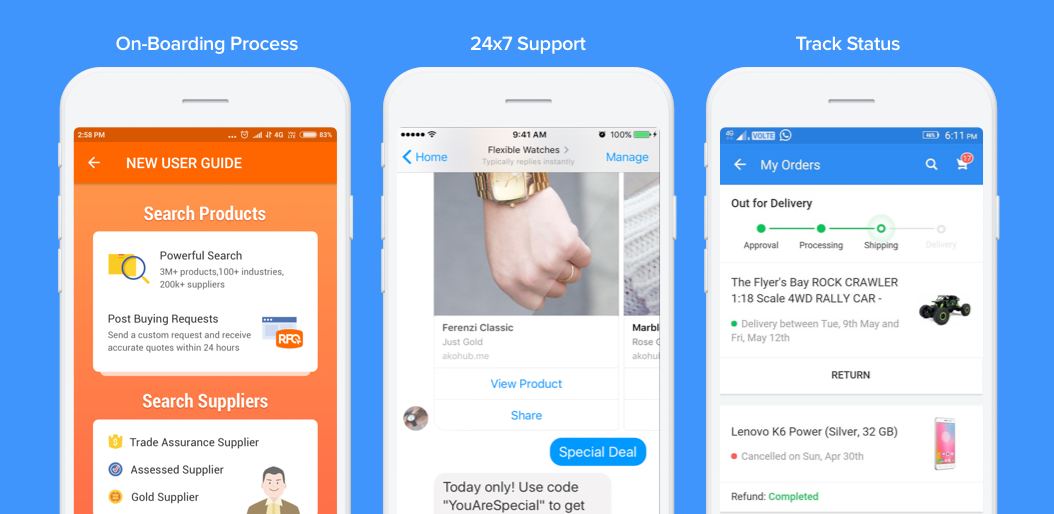
- What is your on-boarding process for new clients?
- Can you share an example of an implementation timeline?
- Will training and user documentation be provided for the entire platform?
- What is your support process along with standard SLAs?
- What are your change management processes such as system audit logging capabilities?
- How will our historical data (orders, customers, products) migrate to your solution?
- Which service resources will be dedicated to our business?
- Can you share an example of a customer success plan offered by you to your customers?
- Will extended support hours be provided for supporting an event’s onsite operation?
- How many customer support executives do you have and where are they located?
- What is your phone support offering? Is it available 24/7? Is it charged additionally?
- What is the average wait/response time for phone support?
- How are urgent and time-sensitive requests handled? Are they prioritized?
- If needed, will we be provided with a dedicated support representative?
- Do you use a ticketing system? If yes, then which one? How can we track status of our tickets?
- What are your support SLAs?
Comparison of the most popular B2B e-commerce platforms
1. Magento

In a recent report, The Forrester Wave named Magento as the best B2B platform. This e-commerce solution helps B2B companies enhance their customer experience and purchasing process. It is an all-in-one platform, which offers rich, built-in B2B functionality. Magento can help you in achieving even the most challenging business goals.
The Good:
Magento Commerce (formerly Enterprise), being an industry leader, offers 100-inbuilt B2B features including the following:
- Offers reliable and cloud-based e-commerce solution
- Provides extensive native B2B functionality
- Includes personalized buying experiences
- Provides the option of custom catalogs and pricing
- Robust merchandising
- Single platform for both B2B and B2C
- Easily integrates with backend systems
- Support of corporate accounts
- Friction-free ordering
- Capable of multi-channel selling
- Effortless management and detailed reporting
- Allows quoting and negotiations
- Optimized inventory and order processing
With Magento you can simultaneously manage both B2C and B2B e-stores, resulting in constant development of your business and increase in profits.
One of its most important advantages is that you can try the Demo version of MagentoCommerce.
The Bad:
Using Magento is not for everyone. It cannot be used by someone who is not tech-savvy or a programmer, and doesn’t have a team of programmers to sort it out for them. Next disadvantage is the hefty price tag; the basic version is free, however, an enterprise version will cost you at least $20,000 annually. If you don’t have a team of programmers, you will have to additionally invest in third-party programming costs as well.
The Verdict:
Magento is the ideal e-commerce solution for enterprise-level web stores that possess a huge volume of products. It is not recommended for SMBs because it is complex to set up, costs a lot and requires highly-technical management.
2. Demandware

Demandware is a cloud-based e-commerce platform, which was launched in 2004. At present, more than 180 companies across the globe are using this platform. Some of the big names include: Adidas, Barneys New York, Brooks Brothers, Crocs, Ecco, FILA, Kate Spade, L’oreal, Lancome, New Balance, Panasonic, and more.
The Good:
- LINK partners can provide assistance with design, marketing, merchandising and many other value-added services
- Cloud-based platform mitigates risk of lost data and is highly accessible
- 98% uptime
- Advanced SEO and marketing tools including customer segmentation and grouping capabilities
- Offers online classes and in-person training to instruct clients on using and managing their site
- 24/7 customer support included
- Manages/monitors security and performance levels
The Bad:
- Expensive for an e-commerce solution wherein pricing is variable; functions the same way as transaction fees.
- Much of the site’s control is in the hands of Demandware and its partners
- Overage fees is charged if you sell more than your contracted amount for the period
The Verdict:
Demandware is ideal for large-sized, enterprise-level retailers who need an all-inclusive, customized e-commerce solution. The Demandware system can simply be used as an open-source e-commerce solution by tech-savvy clients, however, its real power lies in its unique LINK partner program. Through this program, clients can select any number of value-added services for the improvement of their web store and add to their bottom line.
3. Shopify Plus

Shopify Plus is currently being used by Citizen, Tesla, Motorola, Adidas and L’Oreal, which are well known for conquering B2B business. Shopify is one of the leading e-commerce platforms and currently powers nearly a million online stores.
The Good:
Following are the main advantages that you will get as a B2B merchant if you choose Shopify Plus as your target e-commerce solution:
- Launch multiple websites from a single backend or with different URLs
- Dedicated storefronts for global e-commerce
- 24/7 e-store performance
- 20 sales channels are integrated directly into merchants’ dashboard
- Offers advanced custom pricing capabilities
- Automated taxation provided by integrating with Avalara
- Manages up to 8,000 orders per minute
- 1500+ built-in apps
- SSL Certificate (storefront and checkout)
The Bad:
The most prominent disadvantage is the additional transaction fee that is applied if you don’t use Shopify Payment. Also, a number of useful and practical extensions ask for additional investment. But the most challenging is shopify’s own coding language, Liquid, for which clients have to pay an incremental price for customization.
The Verdict:
If you are a beginner-level e-commerce entrepreneur who needs a conventional e-commerce solution, then you can benefit from Shopify. It is fairly easy to use and helps in decreasing the time-to-market. You can choose from various packages ranging from $29 to $299 per month, based on your needs and budget.
4. BigCommerce

BigCommerce currently has more than 55,000 online stores and is considered to be one of the most prominent e-commerce software providers. BigCommerce has helped in launching businesses of all sizes; from big names such as Martha Stewart and Toyota to many SMEs.
BigCommerce is a boon for entrepreneurs who don’t know how to run a code and don’t have a team of programmers working for them. It offers a vast list of built-in features that prove very useful to non-tech-savvy people.
The Good:
BigCommerce provides a comprehensive set of e-commerce tools out-of-the-box. Clients can can access their audience through various social channels and can also integrate with many powerful e-commerce applications.
Some of the key advantages provided by BigCommerce to B2B businesses:
- Stylish and responsive B2B e-commerce websites
- Simplified segmentation
- Discounted and custom pricing
- Integration with backend systems
- Access to B2B-specific payment solutions
- Quote builder integrations
- Per-unit cost and automatically applied volume discounts
- Quick re-orders
- Advanced shipping methods
The Bad:
In comparison to other e-commerce platforms that provide clients with more integrated marketplace models, BigCommerce lacks in providing similar support. It provides only 7 free themes as compared to other e-commerce platforms, most of which offer more than 20 free themes. However, one can always get a multitude of premium themes and number of customization options to give their store a unique identity.
The Verdict:
If you are looking for an e-commerce solution that can help you create a full-fledged store without the hassles of coding, integrating plugins and other technical hurdles, then BigCommerce is perfect for you. If you are comfortable with the lack of free themes, and don’t mind spending some extra bucks on a premium theme, then BigCommerce is definitely the go to e-commerce platform solution for you.
Conclusion
Whether your company is a start-up or a well-established business, it is a crucial decision to choose the right B2B e-commerce platform. If you invest in the wrong platform, you can end up making a costly mistake, and lose out on millions of dollars in revenue. Every business has its unique needs, and choosing the right solution can solve the day-to-day challenges inherent within your organization.

Leave a Reply